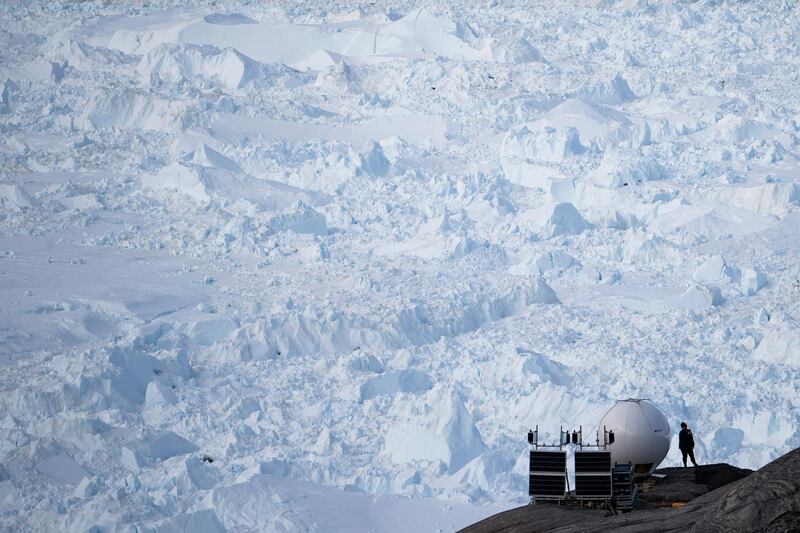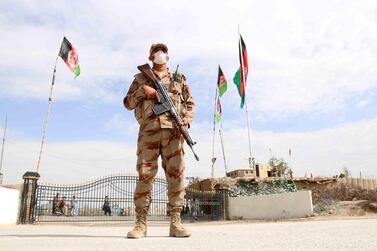Last week, US President Donald Trump's administration announced a $12.1 million aid package to Denmark – or more specifically, to the Danish territory of Greenland.
The announcement was made by the US ambassador to Copenhagen, Carla Sands, in an opinion piece in the Danish online daily Altinget.
Washington’s offer received polite and somewhat lukewarm enthusiasm from the Danish government and authorities in Nuuk, the capital of Greenland.
Opposition politicians in Copenhagen, who along with their fellow Danish mainlanders enjoy one of the highest qualities of life in the world, met the news with outrage, only some of which was justified.
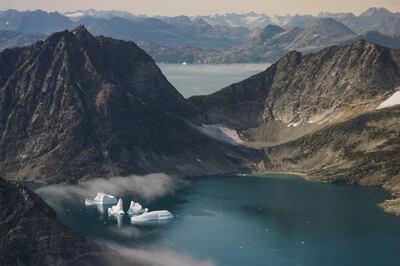
There was much to be suspicious about in Ms Sands’s piece. First, it was framed almost entirely within the lens of geopolitics, rather than goodwill and concern for Greenlanders.
The larger goal, Ms Sands envisioned, was to create a “safe and stable Arctic”. Safe from what? Russia and China, said the ambassadors' article, which is largely focused on that argument.
China, as the piece elaborates, undeservedly “calls itself an Arctic state”, and Beijing's focus on building commercial links to the Arctic Circle is “particularly alarming” considering “how it pollutes its own land, water and air” at home.
There was not a hint of irony, given that Ms Sands’s boss, Mr Trump, has done more than most world leaders to dismantle the global climate science agenda and discredited environmental protection work in his own country.
Ms Sands’s talk of solidarity among Arctic Council nations appeared more suspicious still after the farcical, ultimately unsuccessful, geopolitical theatre that came with Mr Trump’s attempts last year to strong-arm Copenhagen into selling Greenland, the largest island on earth, to Washington.
Concerns about the US’s broader intentions aside, there is a more fundamental question that ought to be asked: does Greenland need the aid? The answer is undeniably yes.
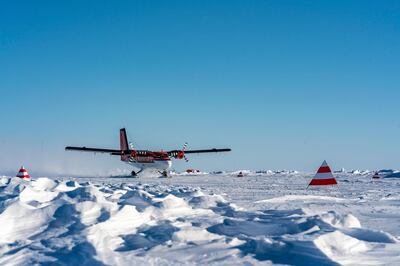
For all the talk in the global development agenda about a "Global South", there is shockingly little about the existence of a Global Far North – an area of stark deprivation extending from Greenland through to parts of Russia and most of Arctic Canada.
If some Danish politicians have been alarmed or embarrassed by headlines suddenly categorising an area under their sovereignty as a potential ”aid recipient”, they should be.
The US’s ability to help the people of the Arctic is doubtful, but the nations that already rule over the region have not done a great deal better.
On its face, Greenland is a rich part of the world. It has a GDP per capita of $48,000. It became an object of desire for Washington because of its significant mineral wealth and its prime location as a potential centre in Arctic and Atlantic trade routes.
Unfortunately, little of this seems to matter for Greenlanders. If anything, it has spelt bad news.
The global market economy, in the form currently foisted upon most of the Arctic, tends to be highly unequal. It is neither diversified nor is it dynamic.
The region's vast resources require a comparably vast infrastructure in order to be extracted from its harsh landscape, and control is inevitably concentrated among a small handful of companies – often foreign multinationals, whose main shareholders live in far away southern latitudes.
For all of the infrastructure that is invested into extracting and shipping iron ore and other natural resources from the Arctic, there is still little to no regular connectivity for the people who live there, most of whom are indigenous Inuit.
There are no roads connecting Greenlandic towns and villages to one another. There are virtually none in the Canadian far north either.
The head of an Inuit-owned charter airline in Canada once described to me how deceptive our depictions of the Arctic on maps and globes can be.
The Arctic, he explained, should be thought of not as a series of expansive landmasses, but rather as an archipelago of populated islands akin to the island nations of the Pacific.
Although, unlike in the Pacific, maritime passenger transport is not really an option in the Arctic.
Expensive chartered flights are the only way in and out of most settlements and locals will be lucky to get on one.
Increasingly, young people board them to seek jobs or other prospects in bigger cities below the Arctic Circle, and they often never come back.
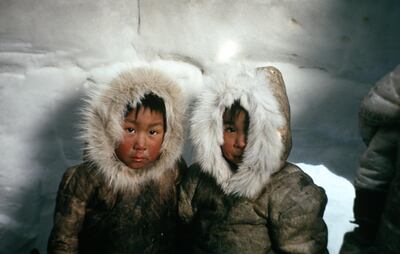
And you can see why they might not.
In Nunavut, an Arctic province of Canada, more than 50 per cent of Inuit are in households that have no food security. One in three children is born into poverty.
In Greenland, the poverty rate is 16 per cent, compared to less than 1 per cent on the Danish mainland. Sixteen per cent, it is worth noting, is a much more serious figure when the total population is only 56,000 – as it is in Greenland.
Poverty and associated problems such as alcoholism, abuse and depression touch the wider community much more intimately, and psychological traumas are shared.
The most devastating result of underdevelopment in the Arctic is revealed in the region’s average life expectancy.
In Greenland, it is just over 70 years – 10 years shorter than in Denmark. The gap becomes more depressing when one discovers that a major factor in bringing down the average is the rate of suicide.
Greenland has the highest suicide rate in the world, nearly 10 times that of Denmark. If Nunavut, Canada were its own country, its suicide rate would surpass even Greenland’s.
This grim statistic is often casually attributed to the Arctic’s long, dark winters and its punishing conditions.
But the suicide phenomenon in Greenland happens to coincide with the evolution of the 20th century global economic model and its impacts on Greenlanders’ way of life. Suicide figures until 1960 were 200 times lower than they are now.
This speaks to the tension between the loss of traditional ways of life and the lack of integration into new ones.
Colonisation of the Arctic has destroyed the prospect of keeping the region’s ancient lifestyles fully intact. Yet without a real and earnest investment in connecting the people living there to the rest of the world, there is no chance at getting the most out of modern developments either.
There will always be a geopolitical element to international development aid, and for the people of Greenland the idea of a foreign power making great promises and delivering more pain than prosperity will be nothing new.
But in her ill-judged attempts to shame China, Ms Sands did raise one interesting point: it is worth thinking about who really deserves to take on the role of steward in the Arctic.
Politicians in Copenhagen should certainly be asking themselves if they do.
Sulaiman Hakemy is deputy comment editor at The National
